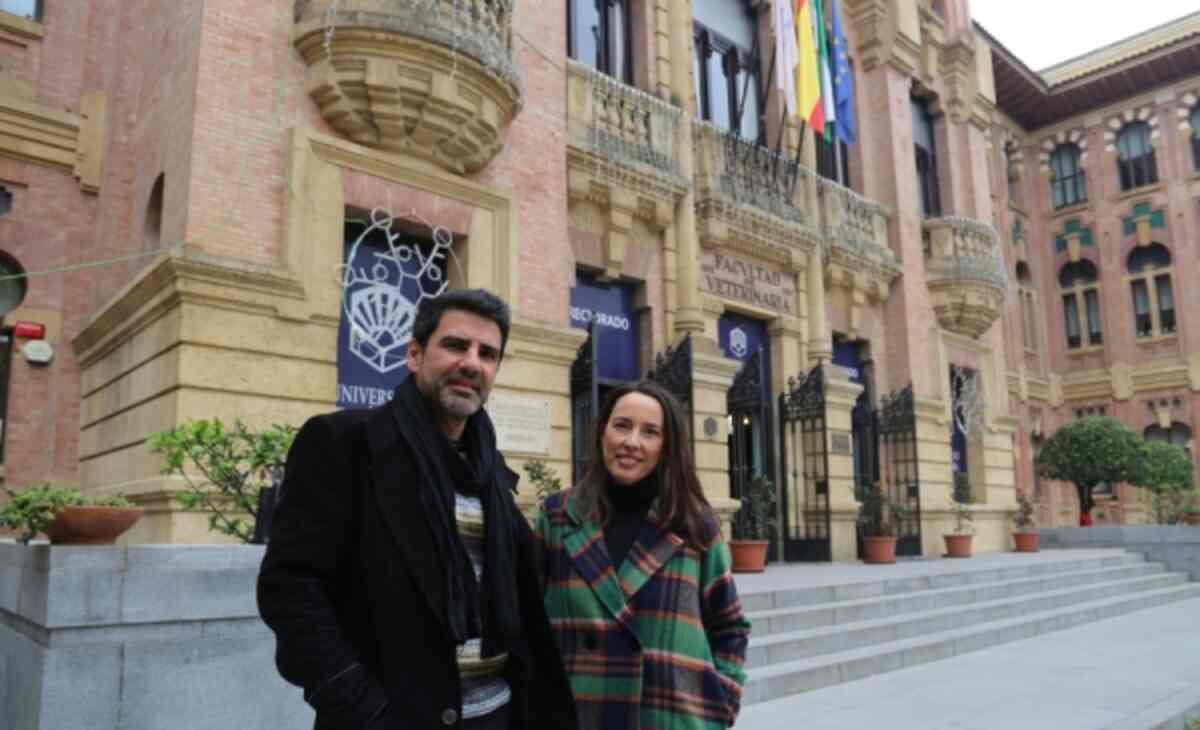Predictive models predict increased water needs for fields by the end of the century

Researchers are increasingly focused on the impact of climate change on agriculture as the climate crisis deepens. A team from the University of Cordoba in Spain has projected that one significant area of impact will be the amount of water needed to maintain productivity in fields. Using machine learning models, the team calculated the reference evapotranspiration in Andalusia until 2100 based on air temperature.
Reference evapotranspiration is a crucial hydrological parameter that measures water loss through evaporation and transpiration and determines water requirements based on the atmosphere's evaporating power using a reference crop. The team generated maps that illustrate reference evapotranspiration projections in Andalusia until 2100 based on multiple predictive models. The projections indicate that reference evapotranspiration levels will rise from 1,300-1,600mm to 1,900mm by 2100, meaning farmers will require more water to compensate for evaporation and transpiration losses in cultivated areas.
Javier Estévez, one of the researchers of a study, states that despite the uncertainties surrounding the generated models, a steady increase in a particular variable is robustly shown. The team used machine learning models to predict reference evapotranspiration by using only one variable, which is air temperature. Normally, measuring reference evapotranspiration accurately requires complete stations to measure solar radiation, relative humidity, air temperature, and wind speed at a single point, making it a costly and high-maintenance process. However, relying on air temperature as the only variable is a cheaper and more reliable method.
To generate these predictions, the team trained their machine learning models with data from 122 weather stations scattered throughout Andalusia from 1999-2022. They then applied the models to create maps from 2023-2100, based on the predicted air temperature data according to the RCP scenarios of greenhouse gas emissions and concentrations adopted by the Intergovernmental Panel on Climate Change. The results show that reference evapotranspiration will continue to increase throughout the southern region of Spain.
This research openly shares the data and models so that they can be utilized by both the research and agricultural communities. By providing tools to forecast the changes caused by the climate crisis, this work helps farmers prepare for future adaptation and mitigation.

 How to resolve AdBlock issue?
How to resolve AdBlock issue?